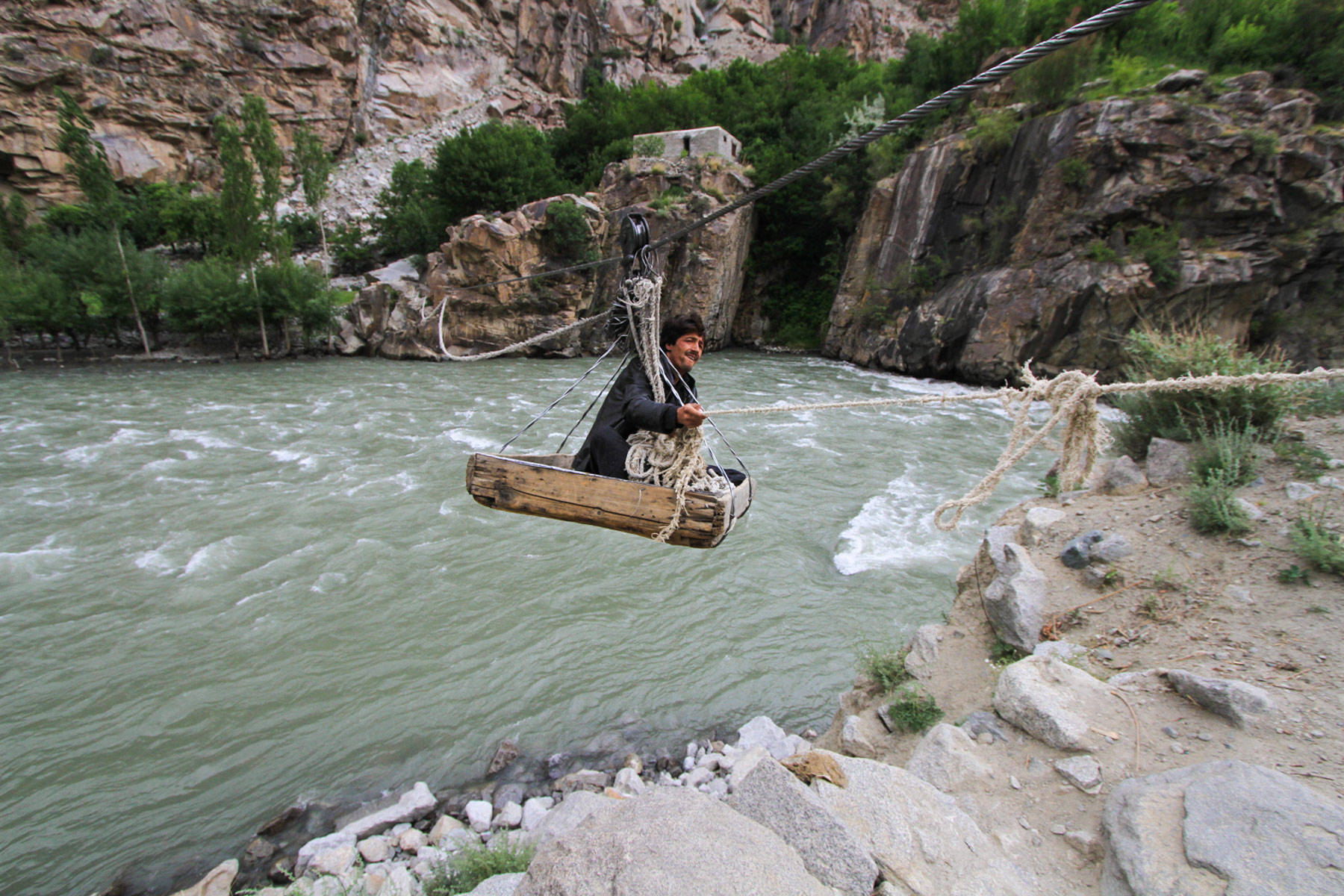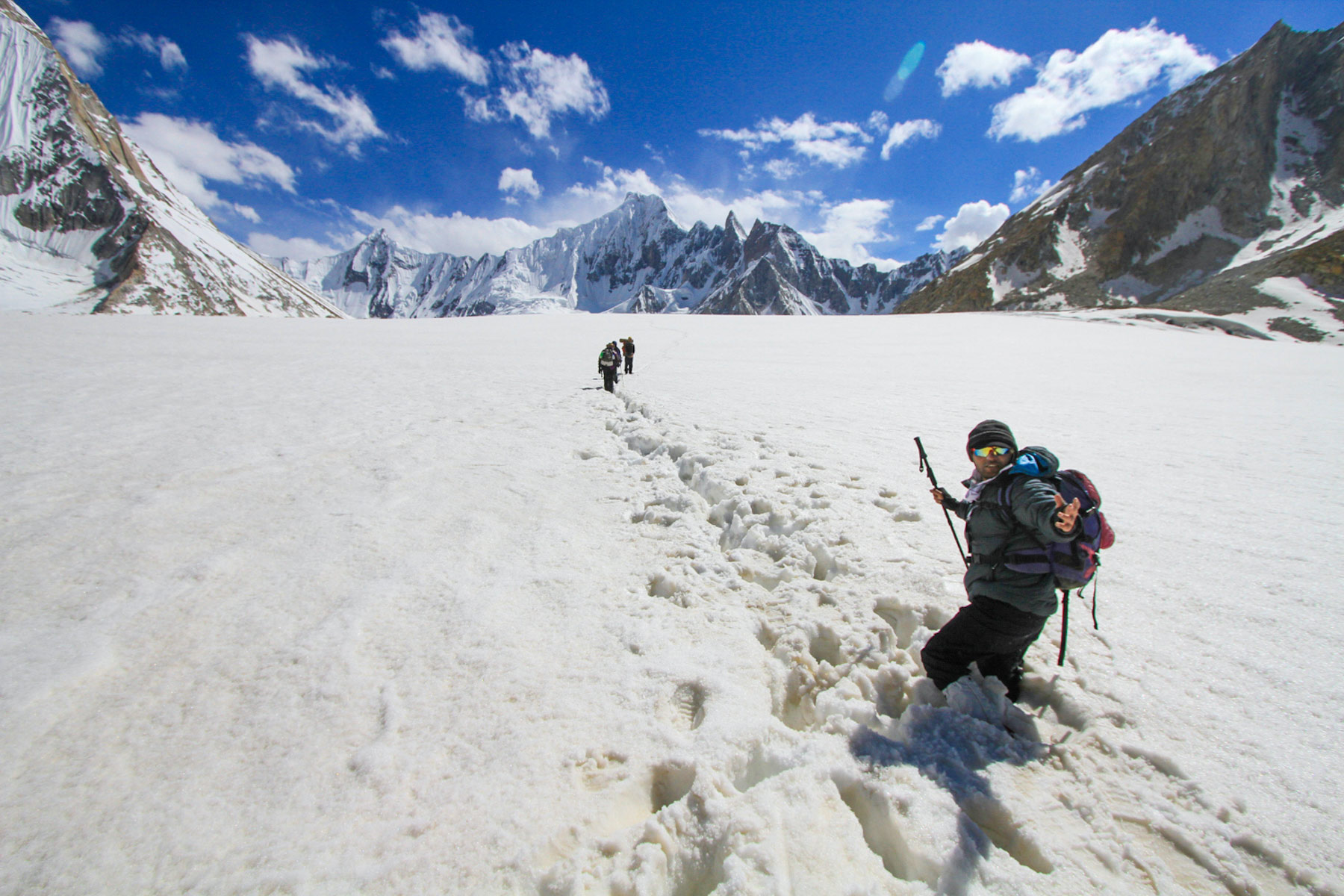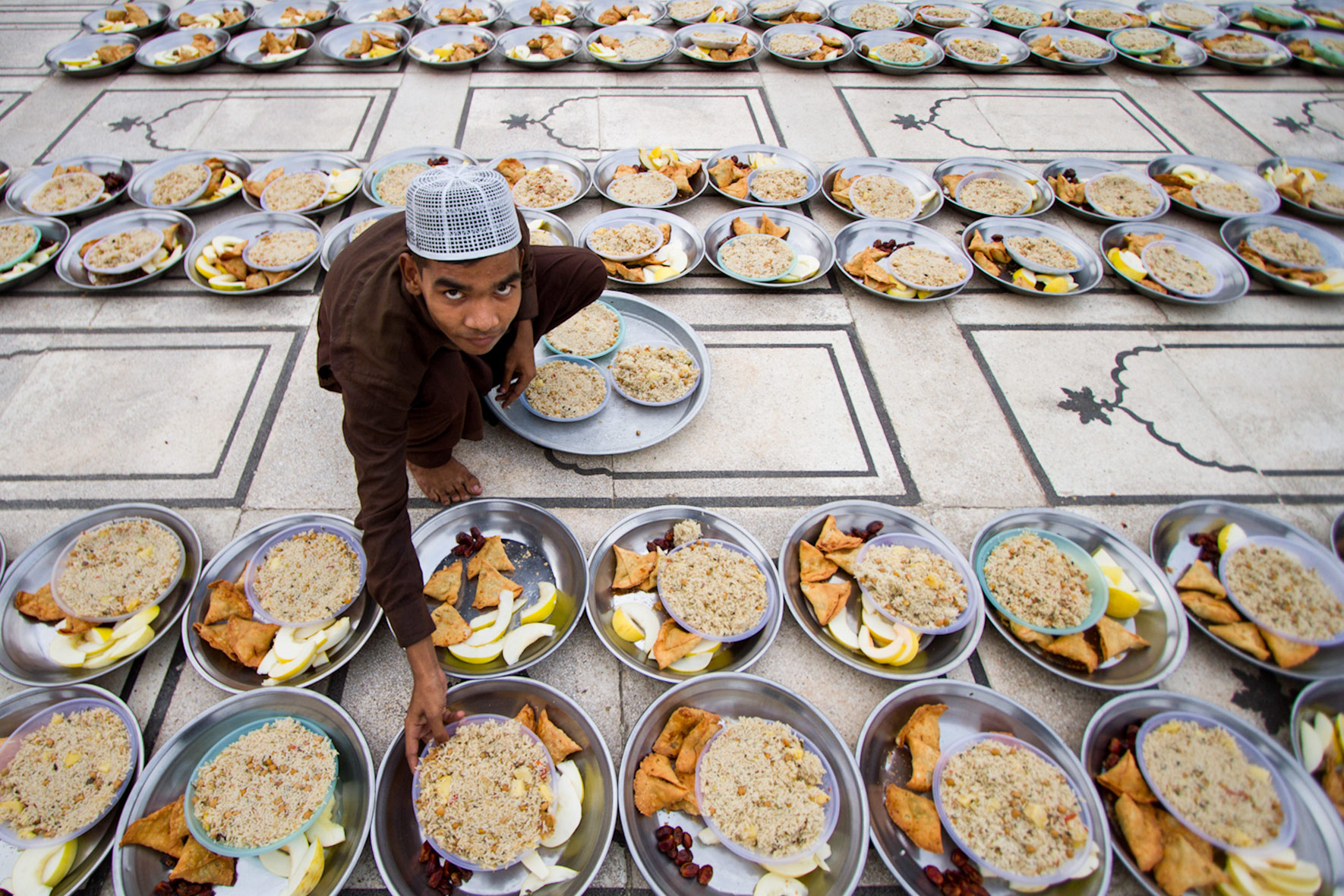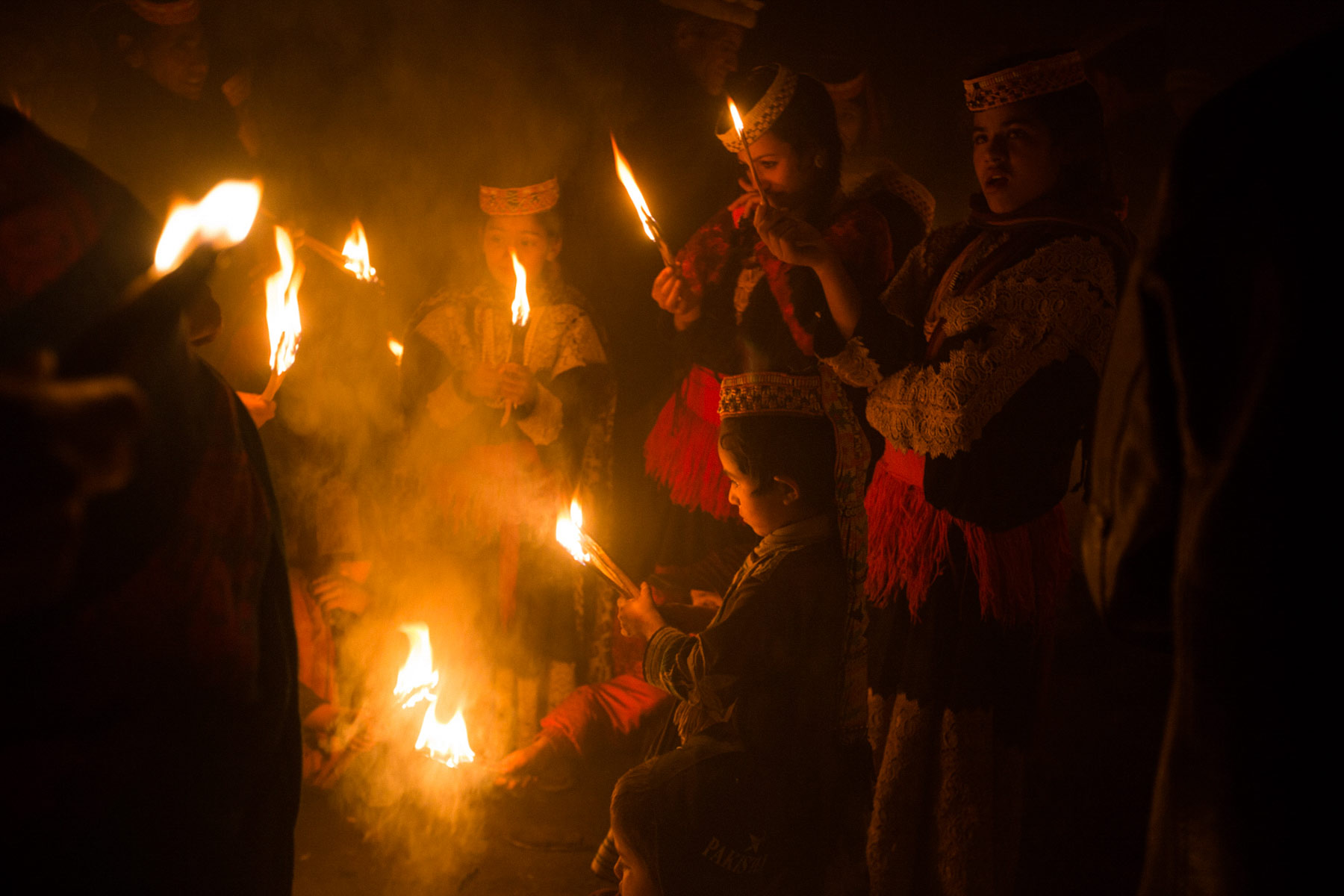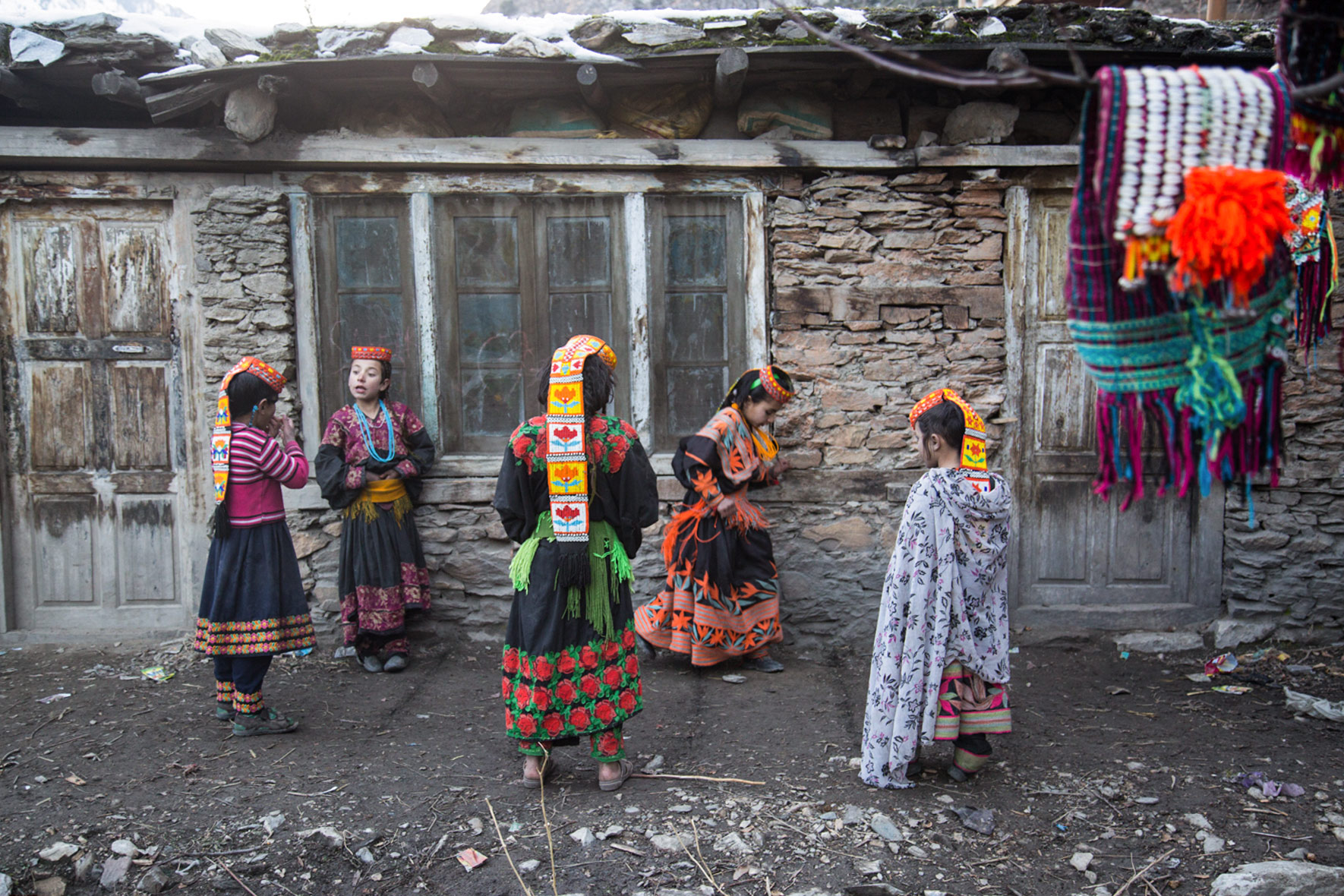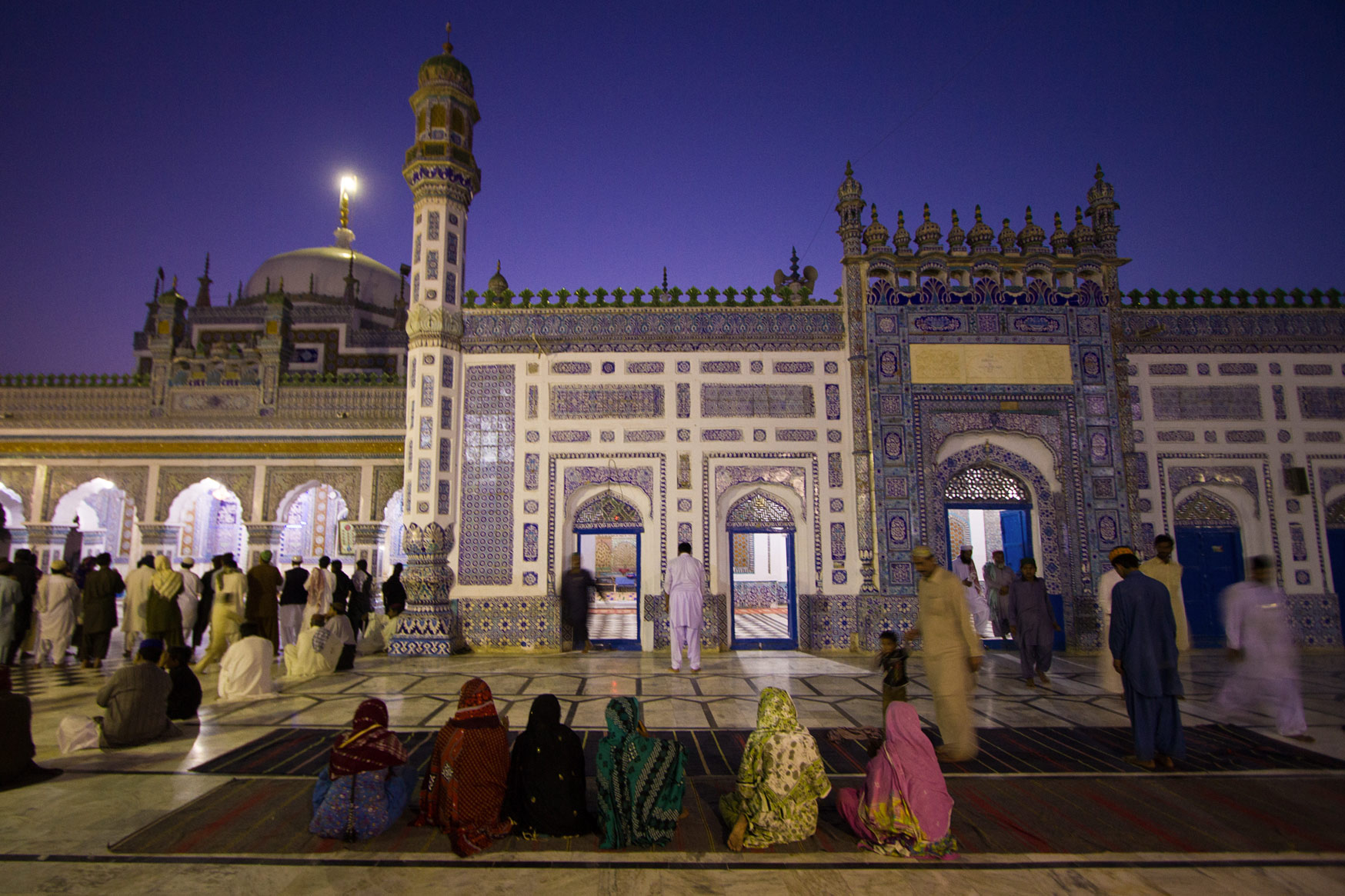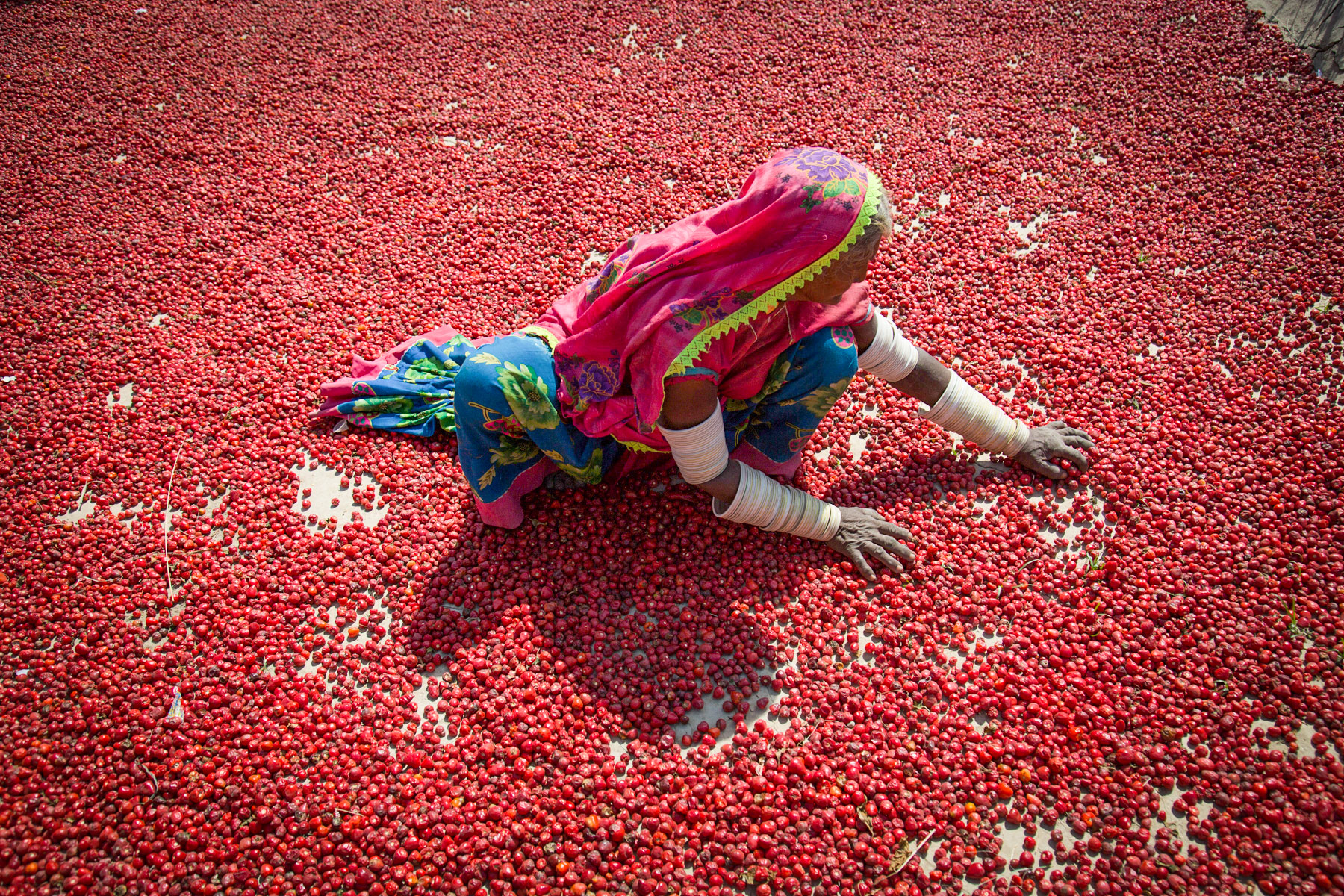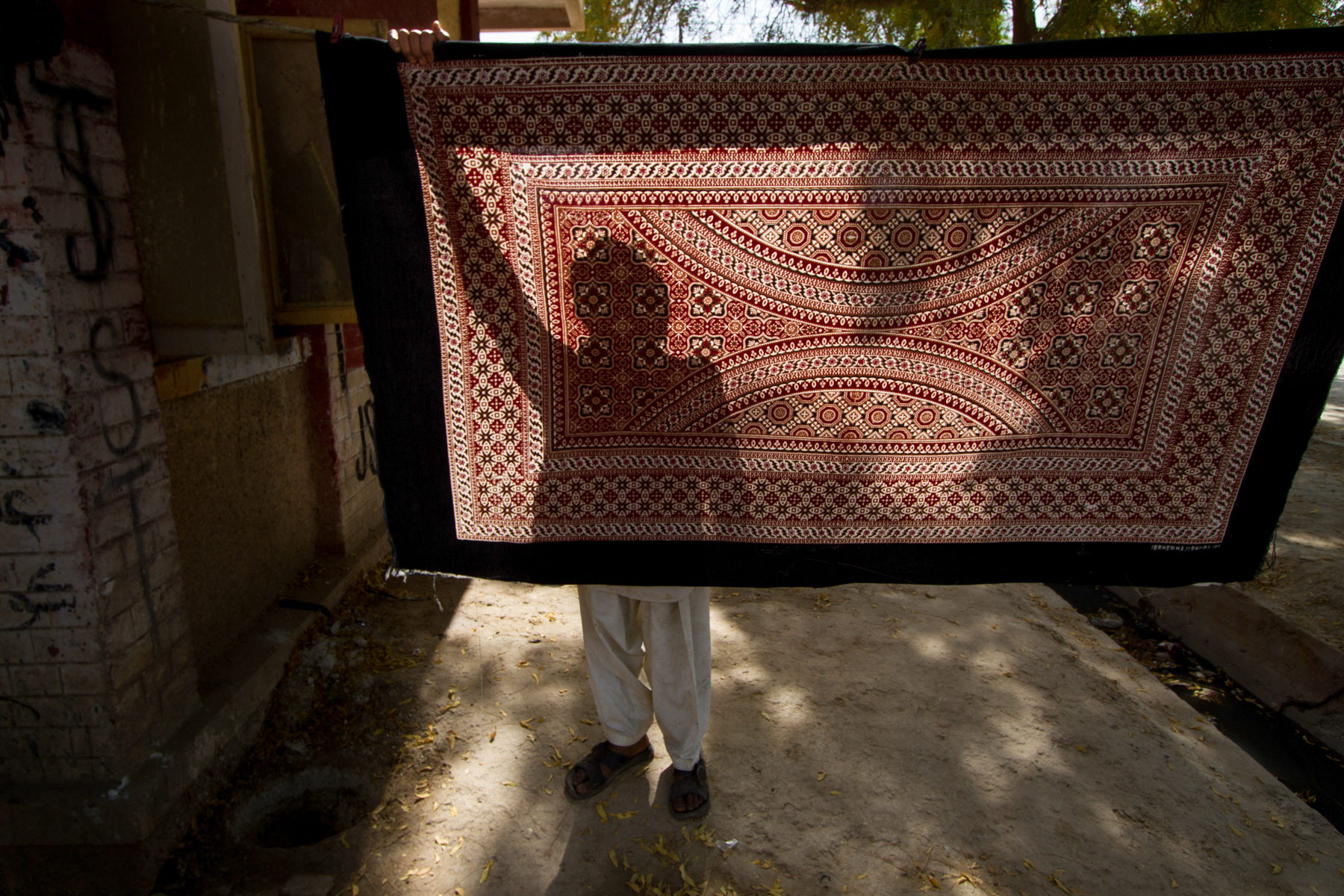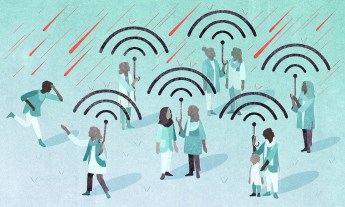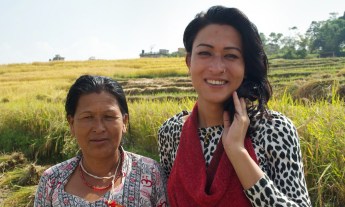Photographer Danial Shah wants to show the world a view of his country that is rarely seen in news stories: its diverse cultures, crafts and landscapes.
In 2008, university student Danial Shah (TEDxSzabist talk: Re-imagining Pakistan from a photographer’s lens) decided to test out his fledgling photography skills with what he thought was an easy task: taking pictures of his home country, Pakistan. After all, he thought he knew the language, food and customs of the four provinces. But what he saw on his trip deeply surprised him. “I saw a different Pakistan,” he says. “I realized how misinformed I was about my own country.”
Shah, who was raised in the city of Quetta near the Afghanistan border, grew up thinking that five languages were spoken in Pakistan; in his travels, he realized that more than 10 were commonly used. He also learned that Pakistan is home to five of the tallest mountains in the world, a fact he was never taught in school, and encountered many cultures he never knew existed (the country’s people represent more than 73 ethnicities).
After returning to university in Karachi, he decided he wanted to show — both to people in his country and those outside — the thrilling complexity of Pakistan. Since graduation, Shah has become a freelance photographer and also teaches at schools in Karachi. He says when his work appears in magazines or newspapers, people frequently contact him and say, “I didn’t know this was in Pakistan.” It’s a sentiment he hopes to change, particularly in the outside world; he’s aware that many Westerners perceive his country as unsafe and unwelcoming. Here, he provides nine glimpses — taken over the past nine years — into the diversity of cultures in the world’s sixth most populous country.
Schoolgirls jump for joy
On assignment to photograph girls’ schools in remote locations, Shah traveled to the village of Oshikhandass in Gilgit-Baltistan, the northernmost province of Pakistan. In remote Oshikhandass, tucked among the Karakoram mountains, it is common for girls to go to school, though that’s not the case throughout the country. About 48 percent of girls between the ages of five to sixteen in Pakistan are in school (compared to 57 percent of boys), and only 33 percent of primary schools in Pakistan teach girls.
How to cross a river, northern Pakistan-style
Shah has done a lot of hiking in the province of Gilgit-Baltistan, also known as the Northern Areas. It is wild, remote and full of stunning scenery, including sand dunes, mountains and glaciers. When traveling there, he says, he is hyper-conscious of sound, whether it’s powerful rivers rushing over rocks, wind whistling through the trees, or even nothing at all — “the silence of those huge valleys.” Because of the region’s isolation and rugged terrain, humans have to be creative and resourceful in getting around. For some residents, a homemade pulley cart — like the one seen above — can be their only way to get across a river to reach a main road.
An only-place-on-Earth view
Concordia, Pakistan, is known as “The Mountaineer’s Paradise.” This confluence of glaciers along the country’s Chinese border is the only point in the world where you can see four of the world’s fourteen peaks over 8,000 meters (26,247 feet). One of these “eight-thousanders” is K2, the second highest mountain in the world, known locally as Choghori. In 2012, Shah travelled to see the mountain, which is a national treasure and depicted on the 50-rupee note. “That mountain has been haunting my imagination since childhood,” he says. Shah slept on glaciers, listened to avalanches and walked through the night. Reaching the top of the Gondogoro mountain pass to see K2 lit up at dawn was glorious, he recalls. “Those ten minutes very easily became the most beautiful moments of my life.”
A holy offering, served with care
During Ramadan, the New Memon Masjid mosque in Karachi serves free iftar — the meal eaten by Muslims after sunset — to more than 1,000 people daily (the mosque is one of the oldest and largest in the city). The food is donated by residents as an act of charity, and young men, all chosen to be volunteers, prepare and set out the plates for the shared meal. When the meals are ready, visitors sit in circles around a platter and pray until it is time for iftar.
A winter festival that marks the solstice
The Kalash people, Pakistan’s smallest religious community, occupy three isolated mountain valleys in northwestern Pakistan. They practice their own polytheistic religion — they’re some of the few non-Muslim people in the country — and they celebrate each season’s solstice with a festival: Chilum Joshi in spring, Uchal in summer, Phoo in autumn and Chaumos in winter. This photo is from Chaumos, which is celebrated for two weeks in December. One of its ceremonies includes the lighting of kotik, torches made from juniper trees. A pile of torches is lit in one room of the temple of Jestak, the goddess of family, while in another room, each member of the community lights a torch to communicate with the souls of their deceased relatives. People send food to the temple for the spirits to eat while the fires burn.
Exquisite attire and rare freedom
Kalash women enjoy more freedom than many other women in Pakistan. They can choose who they want to marry; they can work outside the home. Recognizable for their black cotton dresses decorated with colorful patterns and tied with handwoven belts lined with fringe — which they all make themselves — they also wear a headdress known as a susútr, a crown of wool with an embroidered strip of fabric running down their back. Besides their garments, the Kalash are known for their dances. “They dance alone, in couples and in groups,” Shah says. Even after leaving, he adds, “I still felt the rhythm of their dance, their harmonious songs and their way of celebrating.”
A tribute to a venerated poet
Eighteenth-century poet and mystic Shah Abdul Latif Bhitai is the patron saint of the province of Sindh, in southeast Pakistan; the shrine (built in 1772) devoted to him is a beautifully decorated mosque in the small town of Bhit Shah. Shah says it was one of the most peaceful and tolerant places he’s ever visited. Every year on the anniversary of Shah Abdul Latif Bhitai’s death, thousands of people converge there for a three-day celebration of his life, which includes recitations of his poetry, Sufi dancing and feasts.
Preserving a harvest
The Umerkot District in the Sindh province is home to many “chili towns,” small villages that depend on the harvest of red chili peppers. Two popular varieties are grown here: the small, stemless longi dandi kat (shown) and the stemmed, tube-like sanam. Families allow the chilis to dry in the sun for four to five days before crushing or selling them whole. Buyers come from all over Asia to Pakistan’s Mirch Mandi spice market, reported to be the biggest one in the continent. Many of the local farming families don’t use the peppers as seasoning; instead, they eat them fried, curried or pickled throughout the year since other vegetables are expensive and rarely available, says Shah.
A wearable expression of love, labor and craft
In the province of Sindh, an Ajrak shawl is a treasured garment and a centuries-old symbol of cultural identity. Crafting one shawl takes a mixture of geometry, chemistry and art and between 20 to 30 days. Sindh artisans create dyes from plants and minerals such as indigo, dried pomegranate, dried lemon and madder plant and use different clay, gum and mud pastes to outline and enhance their complex patterns. The cloth itself is treated to stay soft and bright by using a concoction containing oil of the arugula plant, camel dung and water. Finished shawls are sold in markets and given to guests as a gesture of respect, and Shah considers them one of Pakistan’s most beautiful handicrafts.


